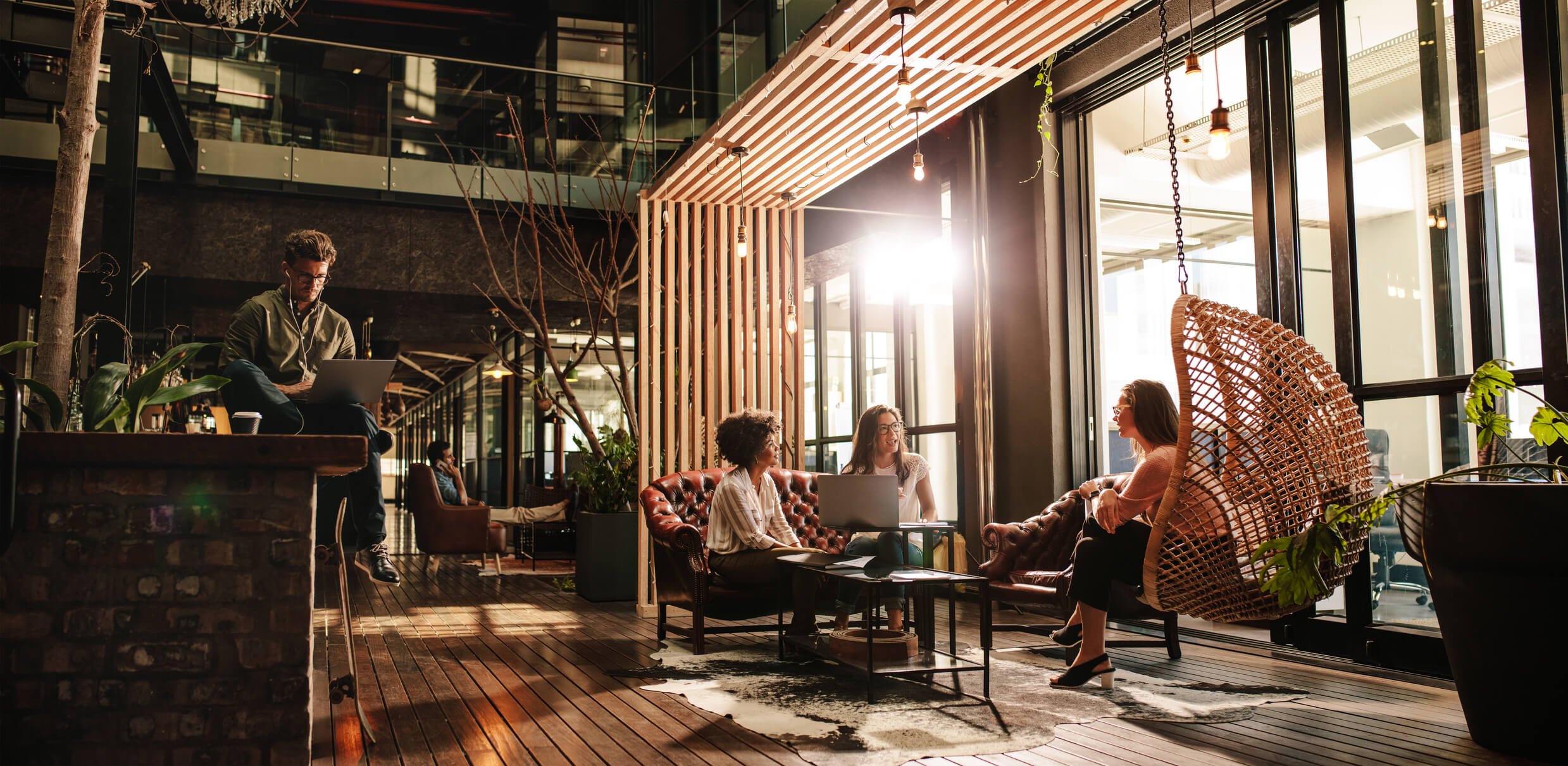 Sustainable packaging is vital for businesses looking to improve their environmental footprint, but it can also be a complex concept to fully understand. There are many different types of options available, and lots of consumers and researchers disagree about which is best.
Sustainable packaging is vital for businesses looking to improve their environmental footprint, but it can also be a complex concept to fully understand. There are many different types of options available, and lots of consumers and researchers disagree about which is best.
To help you decide which sustainable packaging solution might be best for your business, let's take a look at some of the most common options for this kind of packaging to try to understand their impact on the environment as well as their pros and cons.
1. Cellulose-Based Packaging
Cellulose-based sustainable packaging is ideal because it uses an organic material that is found naturally in wood fibers. Cellulose can also come from cotton linters. This type of packaging is already in use for products like baked goods, tobacco, and soft cheeses. Unfortunately, one of the challenges of using cellulose-based packaging is that cellulose doesn't do a great job of protecting products from moisture, which has limited the amount of things that it can be used to package. However, they can often be more durable than polymer-based packaging options, according to PCI Films.
2. Dairy and Fruit-Based Packaging
We have previously covered the benefits of dairy-based films as sustainable packaging. Films created from dairy and fruit materials can be edible and washable, and they are a good barrier to oxygen and aromas. Although edible packaging is not yet widespread, several innovative companies are leading the way when it comes to the development of this packaging. Stonyfield, a New Hampshire-based dairy producer, and WikiFoods, a Paris-based food research company, have recently collaborated to create WikiPearl ice cream balls, frozen yogurt that is served in edible containers. Although the potential for dairy and fruit-based packaging is there, it is still too early to tell what the full impact of this kind of packaging will be on the sustainable packaging field.
3. Biodegradable Polymers
Biodegradable polymers are frequently used as a way to create plastics that can break down naturally. These plastics are used in cutlery, food packaging, and various types of shrinkwrap. Research published in the Philosophical Transactions of the Royal Society B: Biological Sciences shows that biodegradable polymers could potentially reduce greenhouse emissions and cut down on the number of finite resources that are used for packaging production.
However, one of the big problems with plastics and other materials that are labeled "biodegradable" is that they often require very specific conditions to decompose properly.
4. Recycled Packaging
Recycled packaging is becoming popular for things like bottles, packing nuts, and paper-based packaging wraps. A great example of this is Purina's new Pro Plan Renew cat litter container, which is made from recycled and recyclable packaging that is derived from paper pulp molded at high pressure. Recycled packaging can reduce the amount of waste produced and help lower the costs of raw materials for manufacturing companies.
Recycled packaging is a great idea in theory, but over the years many have called into question the harmful impacts of processing and collecting recyclable materials. According to Popular Mechanics, advancements in energy efficiency mean that while the energy usage of recycling trucks has gone down, there is still a significant investment of resources that goes into the actual recycling process.
It's always important to look at both sides of any issue when it comes to your supply chain. Make sure to examine every possible type of sustainable packaging so that you can choose one that fits your environmental mission and company budget.

About Michael Wilson
Michael Wilson is AFFLINK'S Vice President of Marketing and Communications. He has been with the organization since 2005 and provides strategic leadership for the entire supply chain team. In his free time, Michael enjoys working with the Wounded Warrior Project, fishing, and improving his cooking skills.





